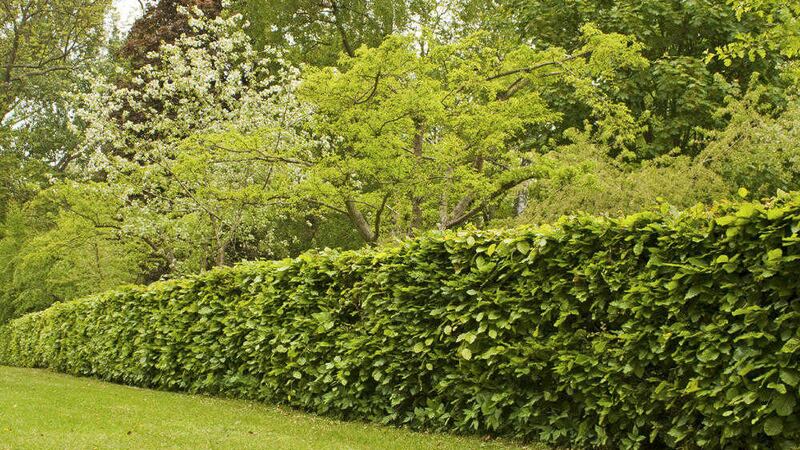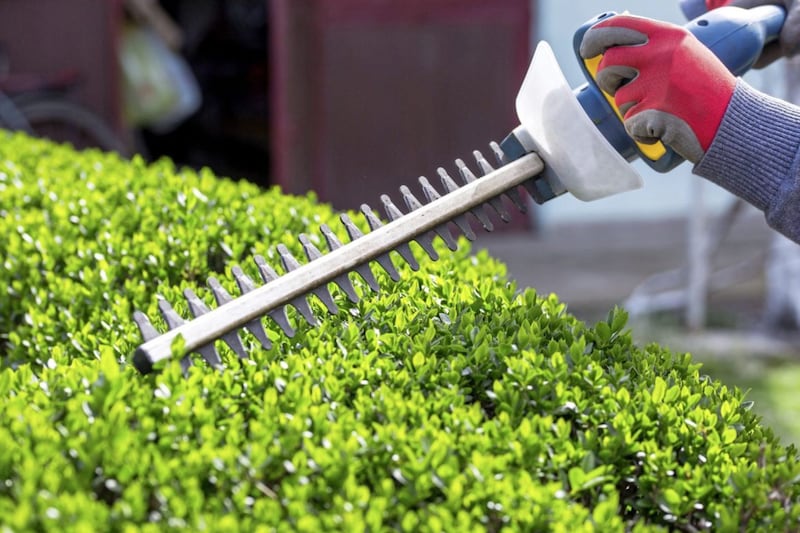IN THE parallel universe inside my brain, many conventional ideas are turned upside down. For starters, golf is illegal in Manleyland, with those caught playing facing hefty on-the-spot fines at the hands of the Gestapo-style 'golf squad'.
Also, Audis have a speed restriction of 30mph, Chelsea buns are health food and unionists never get angry.
There’s also a hit TV show called 'Ireland’s Next Hedge Grower', where every Saturday evening hip young people pit their horticultural skills against one another in an effort to claim the prestigious golden laurel wreath.
The finalists are feted like the biggest pop stars and interviewed about fertilisers and feeds, clipping techniques and of course their hedging plant preferences. Every week – over a period of many years, it turns out – tens of millions tune in to watch how the hedges develop and ultimately to find out whose is the best. "Is it Sally’s closely clipped leylandii, Mick's miniature box or Joe’s sculpted yew?" people are heard to say at bus stops.
For me, such celebrity for master hedge growers would be entirely justified, as I regard the planting and maintenance of a hedge to be an art form. It’s a skill I’ve yet to fully master, which makes me even more in awe of some the fantastic examples I see. Hedges aren’t suitable for every boundary situation and they do require a bit of upkeep, but I would urge every gardener to opt for hedging instead of a wall wherever practical.
As well as protecting your home and garden from the effects of wind, hedges also muffle the noise of passing traffic and in urban areas form an effective barrier against particulate pollution.
A well planted and maintained hedge will be with you for many years so it's worth putting plenty of thought into your choice. Remember to consult with neighbours and make sure that you don't go for species that will grow too quickly and block out light or views – ie the much-maligned Leyland cypress (x Cuprocyparis Leylandii).
Consider what the primary function of the hedge is – for a permanent screen you'll want to choose an evergreen such as yew (Taxus) or box (Buxus), or perhaps a species that holds on to its foliage for much of the year, like beech (Fagus).
If you're after a more ornamental hedge, look out for species that have attractive colour effects (eg Photinia fraseri 'Red Robin', or maple) or fruits (eg hawthorn, blackthorn or cotoneaster).
Less formal hedges tend to support more wildlife and may also provide an annual harvest of hedgerow fruits such as blackberries, sloes, plums or apples. If you have limited space – for example, a patio or balcony – ivy (hedera) 'hedges' can be very effective with climbing evergreen plants grown up light supporting structures of wood or metal.
Evergreen holly (Ilex) species open up a new world of foliage and berry options including variegated or single colour leaves, prickly leaves (great for deterring unwanted visitors) and attractive fruits. Ilex aquifolium 'Pyramidalis' is a faster growing, self pollinating variety and produces lots of berries.
Establishing hedging can be extremely cost-effective, especially if you opt for bare root stock between now and the middle of the month.
If you buy bare root plants (as opposed to root-balled plants in containers that can be bought and planted all year round), make sure that you put the roots into water as soon as you can. Dig a trench about 50cms wide and deep enough to accommodate the roots. Improve the soil with compost or well-rotted manure and back-fill to firm-in the new plant. Plant bare root material about 25cms apart. Water well during establishment, especially in dry periods.








